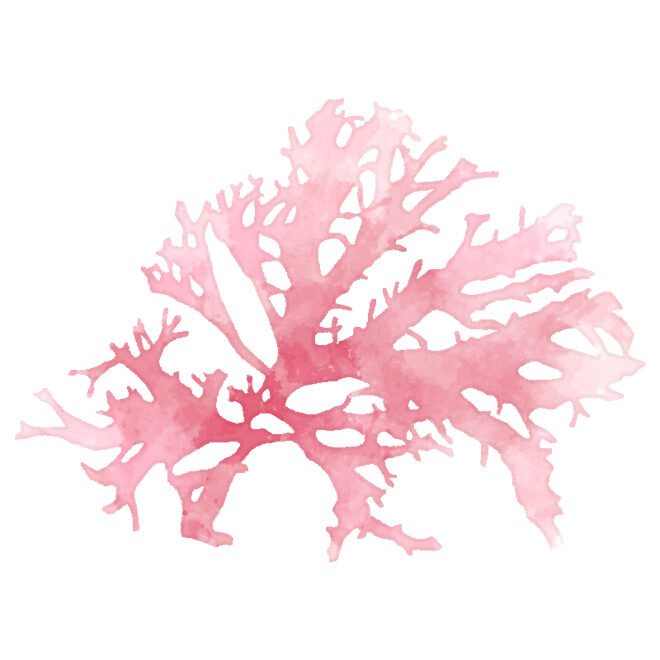Basic information of Seaweed

It is a seaweed belonging to the order Gigartinales and family Meridiaceae (Rhodophyceae), named for its resemblance to the comb of a rooster. Renowned for its vibrant color and appealing shape, it is especially popular among decorative seaweeds. Natural specimens are often treated as luxury items due to their exquisite appearance. Known for its attractive coloration and ability to add volume and dimension, it is also favored for use in sashimi garnishes and seaweed salads.
It is a seaweed rich in dietary fiber, low in carbohydrates, and low in energy. The mineral and vitamin content varies significantly depending on its color.
| Per 100g | Energy kcal |
Protein g |
Fat g |
Carbohydrates g |
Dietary Fiber g |
Salt Equivalen g |
|---|---|---|---|---|---|---|
| Aka-tosaka (salted, desalinated) |
19 | 1.5 | 0.1 | 5.1 | 4.0 | 0.7 |
| Ao-tosaka (salted, desalinated) |
17 | 0.9 | 0.2 | 4.9 | 4.1 | 0.8 |
There are three types of Tosaka-nori: white, green, and red, but they all come from the same Tosaka-nori seaweed. Originally, Tosaka-nori is vivid red in color, but its color changes during processing. No artificial coloring is used, and there is no difference in the type of Tosaka-nori used, regardless of its color.
We sun-dry it to achieve a brighter red color.
We use limestone for alkaline processing to achieve a beautiful green color.
We repeat the alkaline processing with limestone to bleach it, resulting in a white color.
March to May